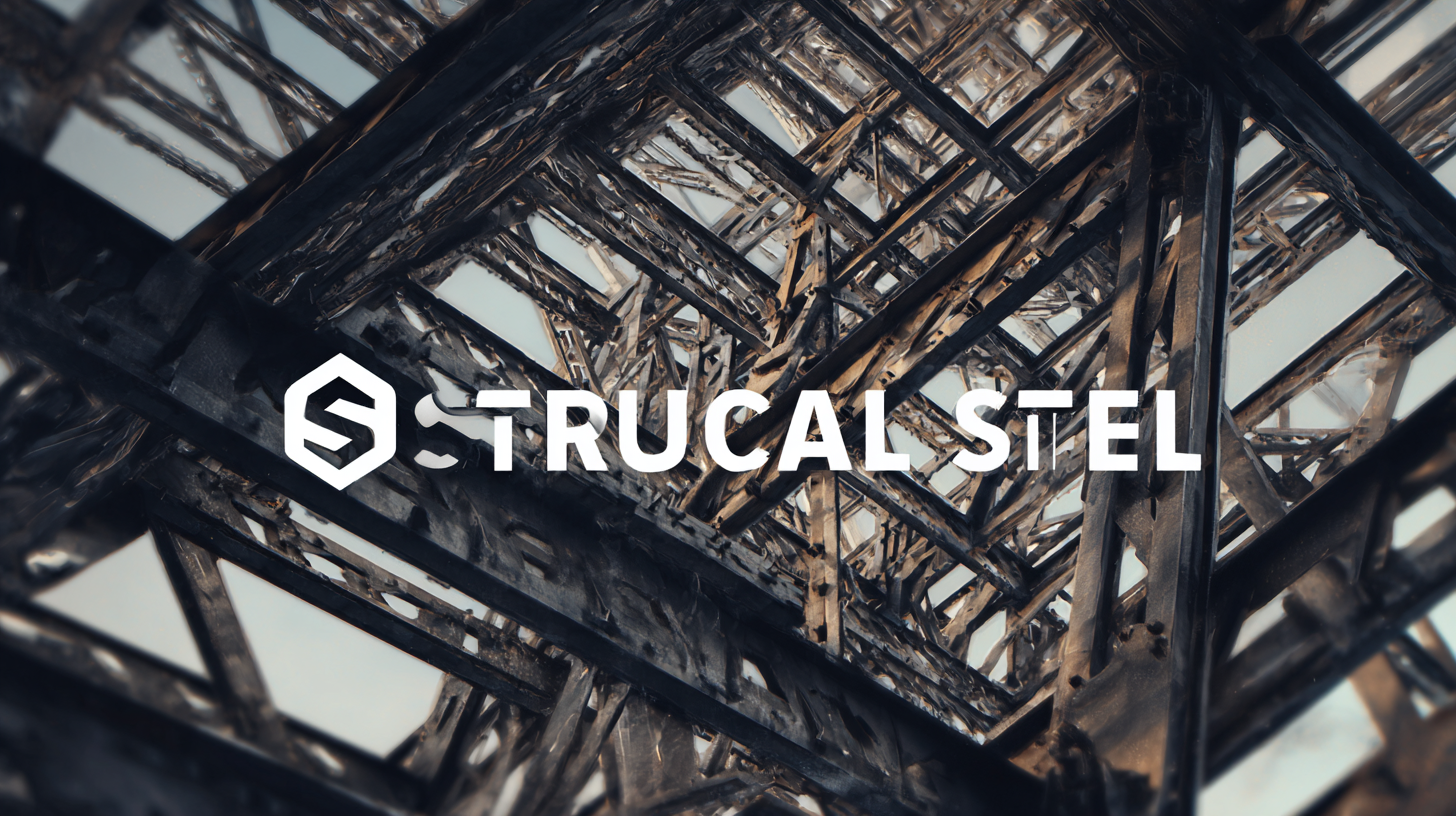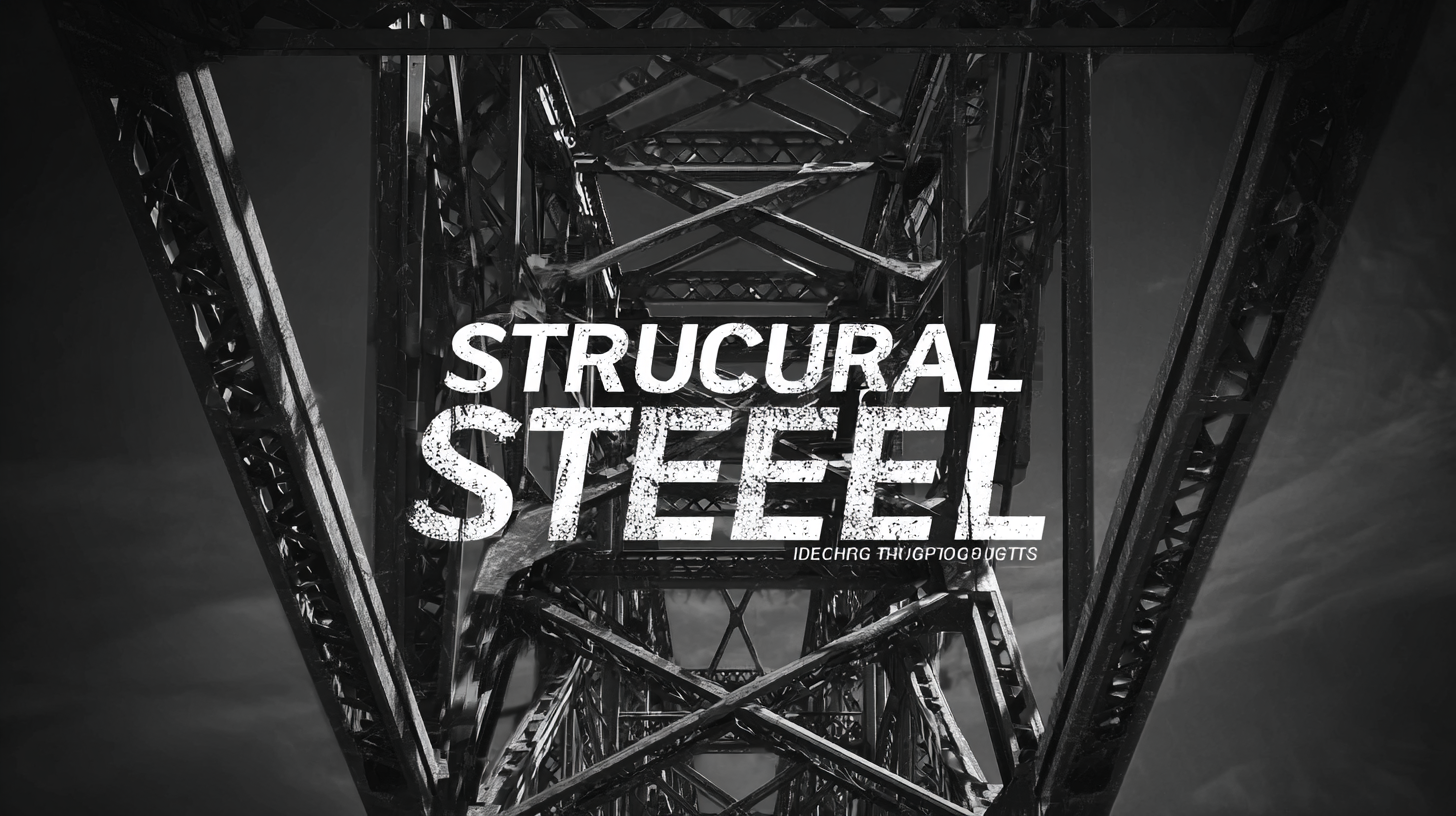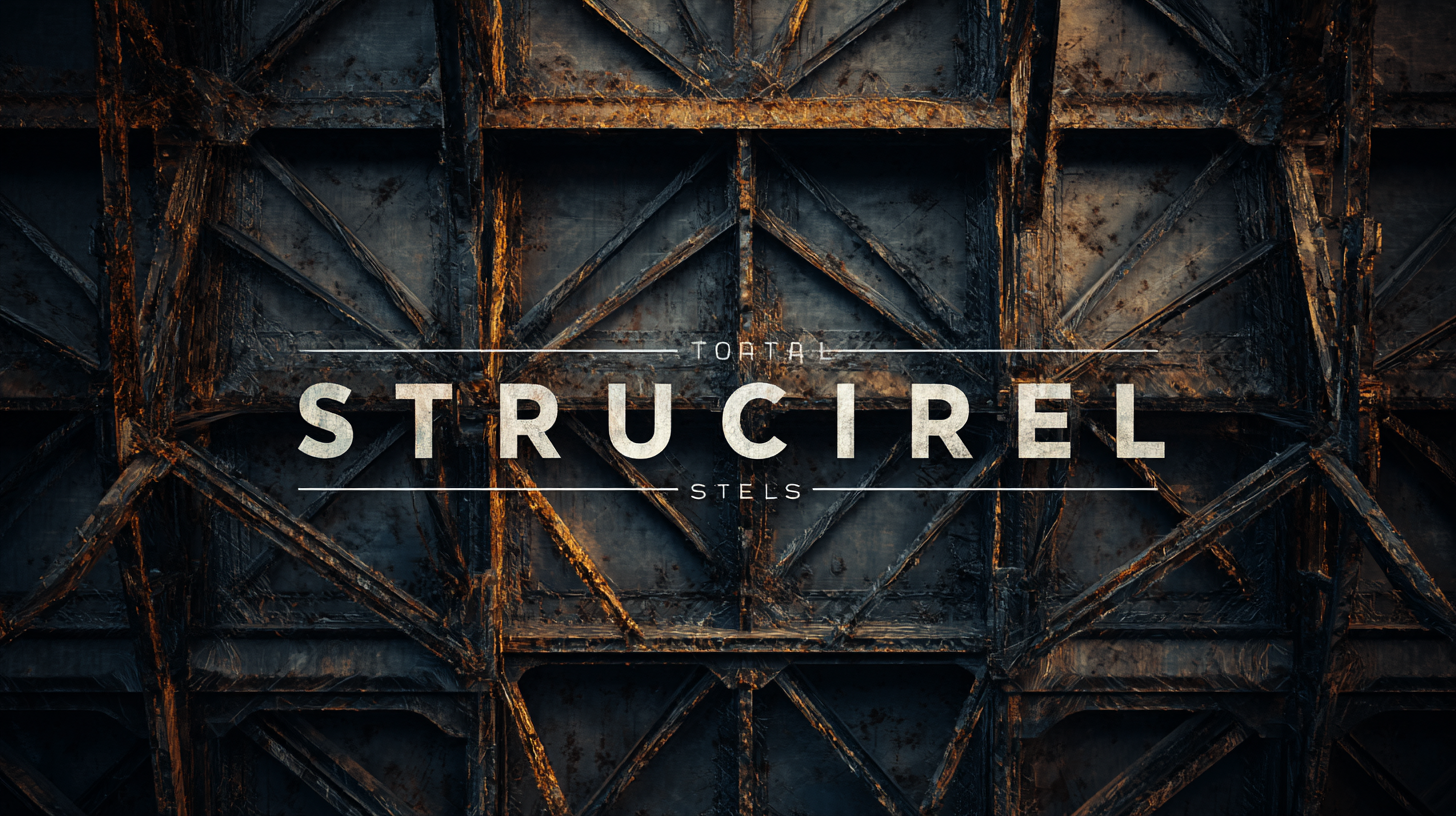 In the construction industry, the choice of materials is pivotal to ensuring the integrity and longevity of a project, with Structural Steel playing a crucial role in modern structural design. According to the World Steel Association, global crude steel production reached approximately 1.9 billion metric tons in 2020, with Structural Steel accounting for a significant portion of this output, highlighting its importance in various applications. However, selecting the right manufacturer and type of Structural Steel can be a daunting task, given the myriad of options available and the specialized requirements of different projects. This guide aims to demystify the process of choosing the best Structural Steel, offering insights into essential factors such as material properties, certification standards, and solutions tailored to specific project needs, ultimately empowering professionals to make informed decisions that enhance both safety and efficiency in construction.
In the construction industry, the choice of materials is pivotal to ensuring the integrity and longevity of a project, with Structural Steel playing a crucial role in modern structural design. According to the World Steel Association, global crude steel production reached approximately 1.9 billion metric tons in 2020, with Structural Steel accounting for a significant portion of this output, highlighting its importance in various applications. However, selecting the right manufacturer and type of Structural Steel can be a daunting task, given the myriad of options available and the specialized requirements of different projects. This guide aims to demystify the process of choosing the best Structural Steel, offering insights into essential factors such as material properties, certification standards, and solutions tailored to specific project needs, ultimately empowering professionals to make informed decisions that enhance both safety and efficiency in construction.
When selecting a structural steel manufacturer, several key factors come into play to ensure your projects are successful and sustainable. One of the most critical considerations is the manufacturer’s reputation and track record in the industry. Assess their experience with projects similar to yours, as well as their commitment to quality standards and certifications. This can provide insights into their reliability and the performance of their steel products over time.

Another vital aspect is the manufacturer's approach to sustainability and environmental responsibility. With the global shift towards greener construction methods, it’s essential to choose a supplier that prioritizes eco-friendly practices. This includes sourcing materials responsibly, implementing energy-efficient manufacturing processes, and ensuring their steel is recyclable. Ultimately, partnering with a manufacturer that aligns with your sustainability goals can enhance the overall impact of your construction projects, contributing to a more sustainable built environment.
When choosing the best structural steel for your projects, it's essential to understand the different types of steel available and their specific applications.
 Structural steel, a crucial material in engineering and construction, comes in various forms, each suited for different purposes. For instance, stainless steel is highly regarded for its corrosion resistance and aesthetic appeal, making it ideal for architectural components and construction products that are exposed to the elements. The global market for stainless steel is projected to grow significantly, indicating a rising demand for this versatile material.
Structural steel, a crucial material in engineering and construction, comes in various forms, each suited for different purposes. For instance, stainless steel is highly regarded for its corrosion resistance and aesthetic appeal, making it ideal for architectural components and construction products that are exposed to the elements. The global market for stainless steel is projected to grow significantly, indicating a rising demand for this versatile material.
Additionally, advances in steel technology have led to innovations such as the use of hybrid materials, including steel-polypropylene fiber reinforced concrete. This combination enhances the mechanical properties and durability of structures. Understanding these advancements, alongside traditional options like low carbon steel and alloy steels, allows engineers and builders to select the most appropriate type for their specific needs, such as improving ballistic properties through hardfacing techniques or adapting to high-temperature applications. Each type of structural steel offers unique benefits, emphasizing the importance of thorough research and informed decision-making in construction projects.
When it comes to selecting the best structural steel for construction projects, a comparative analysis of top suppliers in the market is essential. The structural steel sector is heavily influenced by the global scrap metal recycling market, which is projected to reach a remarkable $577.2 billion by 2034, growing at a CAGR of 6.5%. This growth reflects a rising demand for sustainable and eco-friendly construction materials, leading suppliers to increasingly focus on recycling efforts and innovative production technologies.
In the United States, understanding the landscape of top steel producers can help project managers make informed decisions. A comprehensive evaluation of steel companies reveals insights into their capacities, market influence, and emission profiles. Notably, the transition towards green steel production methods, such as Electric Arc Furnaces and hydrogen direct-reduced iron processes, highlights the industry's shift towards reducing carbon footprints. This landscape is critical as planners seek materials that not only meet structural requirements but also align with sustainability goals in construction.
When it comes to selecting structural steel for construction projects, understanding quality standards is paramount. According to the American Institute of Steel Construction (AISC), structural steel must comply with specific ASTM standards, such as ASTM A992 for wide-flange shapes, which ensures material integrity and performance. In a recent market report, over 70% of steel fabrication companies indicated they prioritize certifications like ISO 9001 to maintain a competitive edge, emphasizing the importance of quality in delivery and execution.
Tips for evaluating structural steel quality include investigating the mill certifications and ensuring the steel meets the relevant ASTM or EN standards for your project’s requirements. Always request reports on the mechanical properties and chemical compositions, as these are critical indicators of the steel's performance under load. Additionally, consider a supplier’s track record; a reliable vendor should have a history of compliance with safety and quality standards.
Lastly, leveraging resources such as the Steel Construction Institute (SCI) and the International Organization for Standardization (ISO) can provide essential insights into quality benchmarks. These organizations publish guidelines that help project managers and engineers ensure that the steel chosen will not only meet the structural demands of the project but also enhance the long-term sustainability of the construction.
When choosing structural steel for your projects, it’s crucial to weigh the cost against quality to ensure the best outcome. A study from the Amercian Institute of Steel Construction (AISC) states that while high-quality steel may come with an upfront premium, it often leads to significant long-term savings, particularly regarding maintenance and longevity. Projects utilizing higher-grade steel can see a reduction in repair costs by up to 30% over their lifespan, making the initial investment more justifiable.
Additionally, the reliability of structural integrity directly correlates with the choice of materials. According to the World Steel Association, projects that incorporate higher quality steel experience fewer structural failures and safety issues, thereby minimizing the risk of costly downtimes or renovations. For example, buildings constructed with structural steel grades like S355 or S420 have shown improved load-bearing capacities and resilience against environmental stressors. By prioritizing quality over merely chasing lower prices, project managers can secure not just better performance but also enhanced safety and compliance with regulatory standards.



